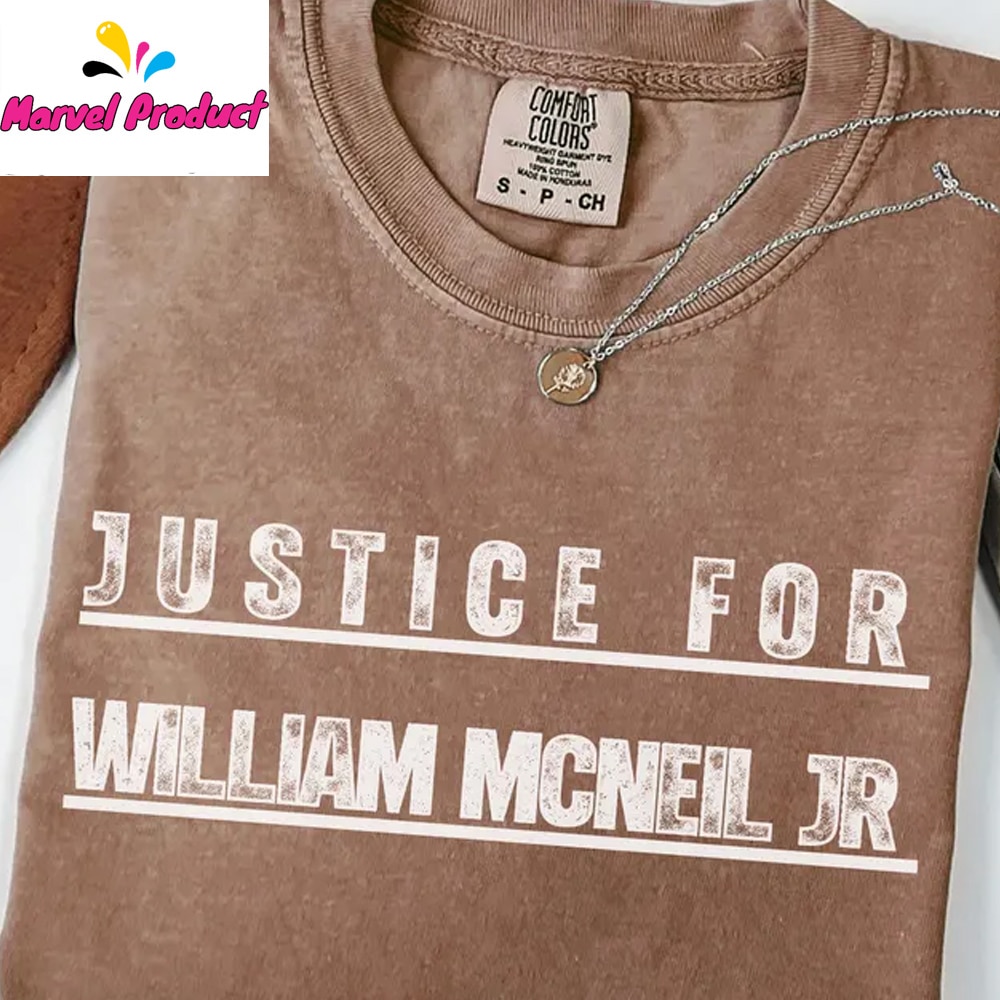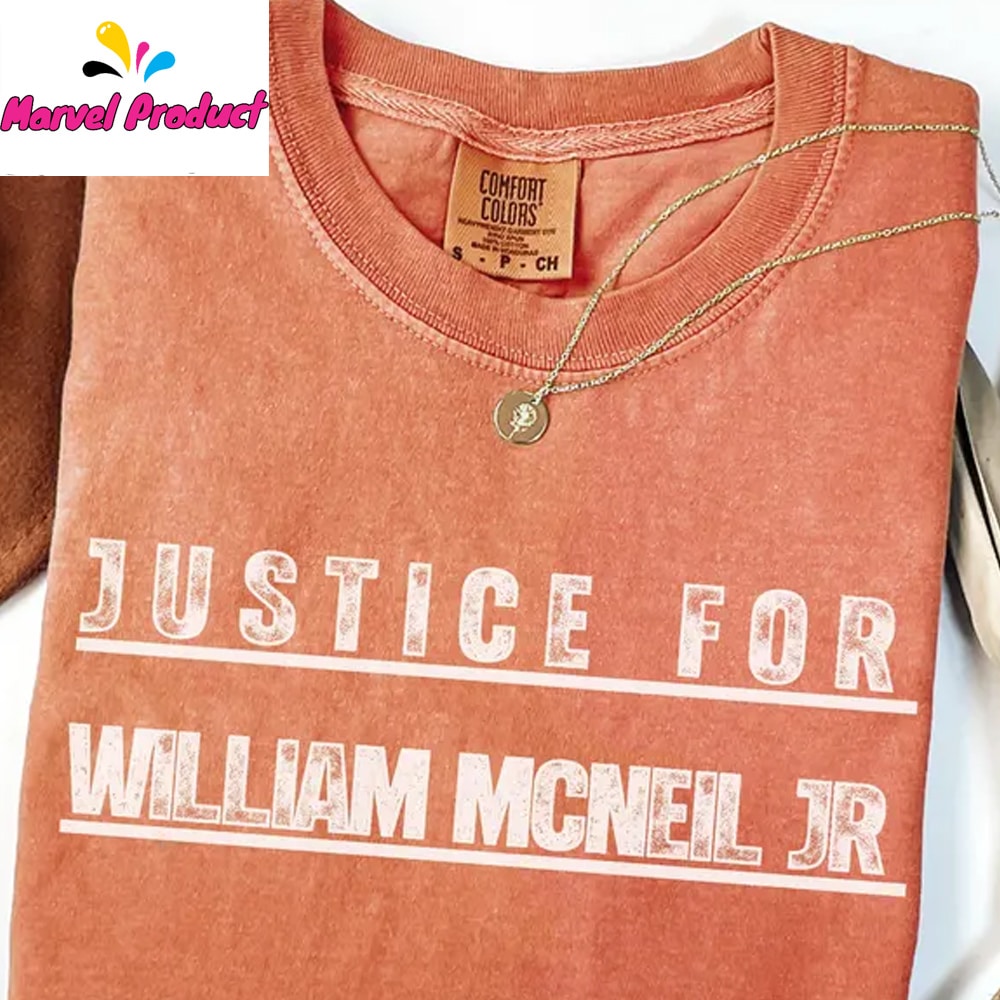Decoding the Jacksonville Officer Bowers Racism Shirt and Its Fallout
Decoding the Jacksonville Officer Bowers Racism Shirt and Its Fallout
The Jacksonville Officer Bowers Racism Shirt has become a catalyst for significant dialogue on race, policing, and social justice. This shirt, which gained infamy from its controversial message, reflects deeper societal problems that persist nationwide. This article delves into the issue, exploring its impact on public perception, community reactions, and how to move forward constructively.
Understanding the Shirt’s Context
To properly discuss the Jacksonville Officer Bowers Racism Shirt, we must first understand the environment in which it was created and shared.
The Origin Story
The Jacksonville Officer Bowers Racism Shirt surfaced when tensions over racial injustice were high in the U.S. In recent years, incidents of police misconduct have led to major protests and demands for reform.
The shirt is widely seen as a parody or critique of these events. While satire in fashion can challenge the status quo, it can also spread harmful ideas. This is the core of the controversy.
Social Media’s Role
Social media was key in spreading the image of the Jacksonville Officer Bowers Racism Shirt. A local issue quickly became a national debate online.
The rapid spread of content on social media often creates division. Supporters say it sparks important conversations, while critics feel it trivializes serious issues. Understanding social media’s power is essential to see the shirt’s full impact.
Community Reaction
Local communities are often the first to react to offensive acts. In Jacksonville, the shirt led to protests as many residents expressed their outrage.
These reactions show the importance of community voices in fighting racism and demanding accountability. The discussions started by the shirt, though difficult, have pushed the issue of systemic racism into the public spotlight.
The Implications of Wearing the Shirt
Wearing the Jacksonville Officer Bowers Racism Shirt sends a strong message, but its meaning can vary greatly depending on the observer.
Defiance or Insensitivity?
Wearing such a provocative item can be seen as defiance against the mainstream narrative on racism and police brutality. Some defend it as freedom of speech.
However, this raises ethical questions. Does this kind of expression help or hurt the cause of understanding? The line between satire and offense is subjective, and individuals must consider the consequences.
Fashion as Social Commentary
Fashion has often been used for social commentary. The Jacksonville Officer Bowers Racism Shirt shows how clothes can make people think, but it also reveals the risks of using humor for sensitive topics.
The effectiveness of such fashion statements depends on cultural sensitivity and context. It requires a careful balance to avoid causing more harm than good.
The Risk of Misinterpretation
A major problem with the Jacksonville Officer Bowers Racism Shirt is that it can be easily misinterpreted. People will see it through the lens of their own experiences and beliefs.
This can increase tensions and shut down productive conversations. Those who wear or support the shirt must be ready for criticism and the difficult discussions that will inevitably arise.
Better Ways to Advocate for Change
Given the controversy, it’s important to consider other ways to raise awareness and promote change besides wearing the Jacksonville Officer Bowers Racism Shirt.
Using Positive Messaging
Advocates can choose to use positive and inclusive messages that foster unity. Apparel promoting equality, compassion, and solidarity can create a more constructive atmosphere.
Designers can fight racism by focusing on uplifting messages and symbols that bring people together rather than driving them apart.
Art Without Controversy
Art can inspire change without causing conflict. Mediums like murals, music, and literature can explore complex themes of race and justice in ways that encourage open-minded discussion.
By using non-controversial art, creators can move past divisive rhetoric and build connections, fostering healing and real progress.
Fostering Community Dialogue
To create real change, engaging communities in dialogue is key. Events that facilitate conversations about race, police accountability, and social justice can empower marginalized voices.
Instead of using divisive symbols, communities can come together to share experiences, educate each other, and find collaborative solutions to systemic problems.
Conclusion
The Jacksonville Officer Bowers Racism Shirt is a focal point for necessary conversations about race, policing, and justice. While controversial, it presents an opportunity for reflection on systemic racism and our collective responsibility. By understanding the implications of such items and exploring better alternatives, we can work toward a more equitable and unified society.
POSTER SEO_SIBATOOL




